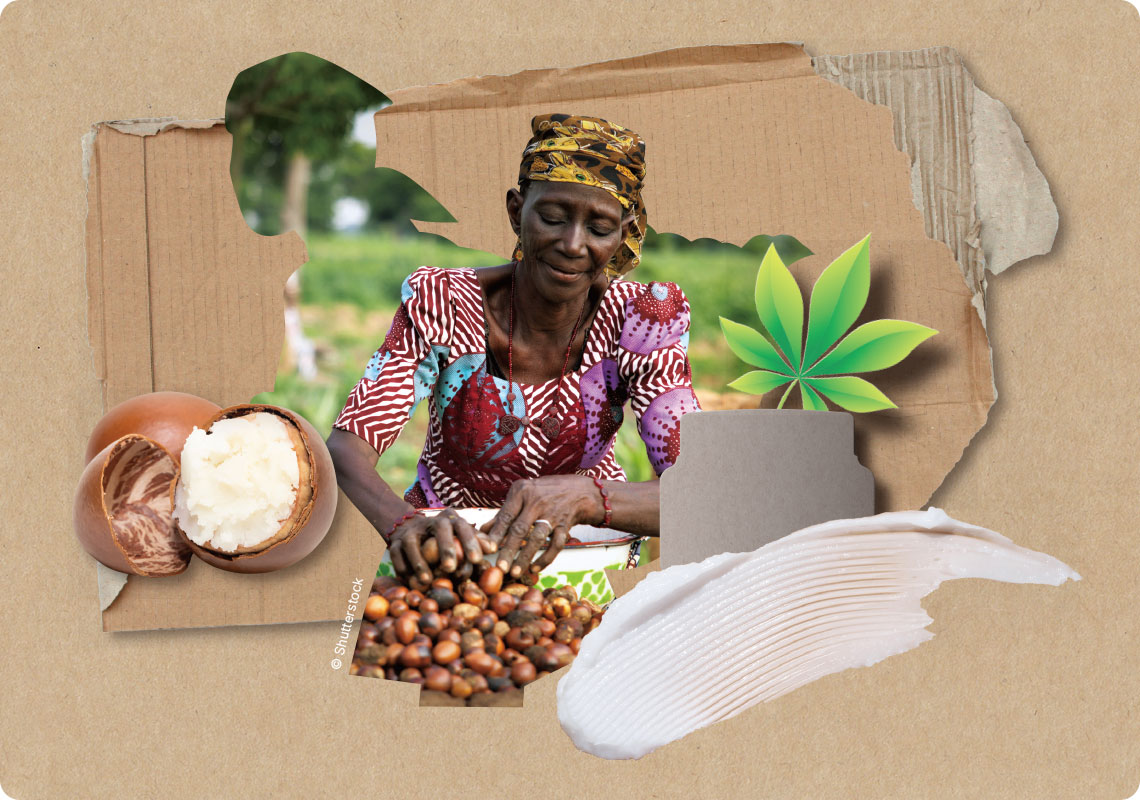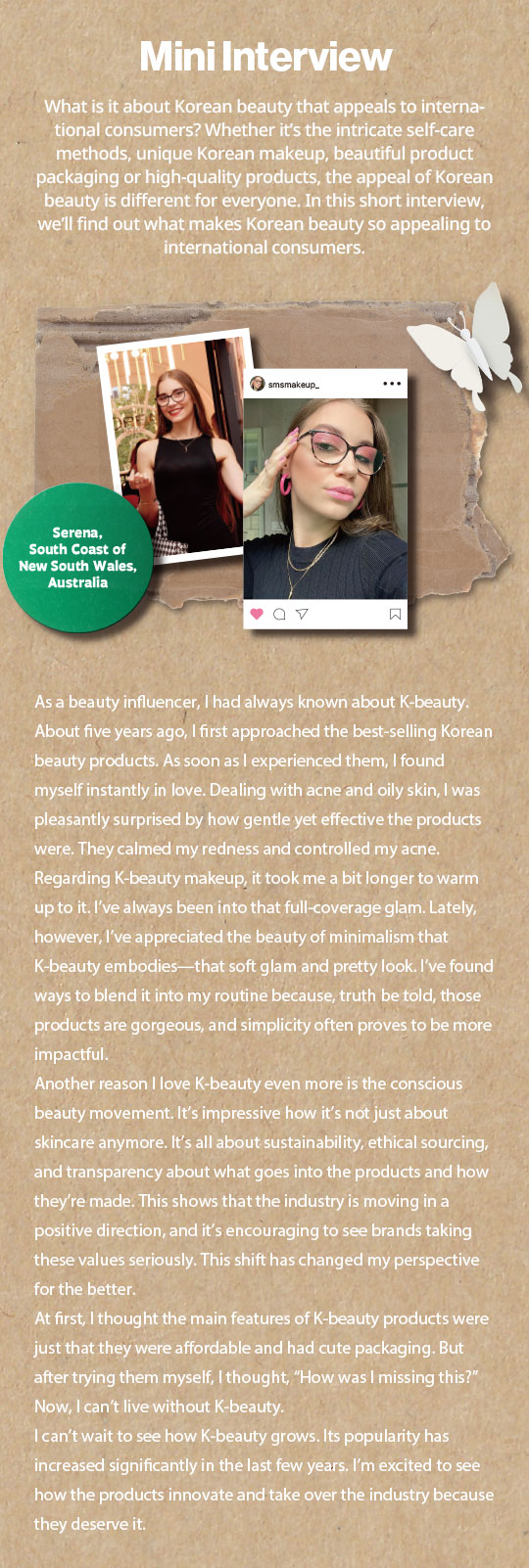Beauty trends in Korea have continued to evolve in recent years. “Clean beauty,” which refers to products that do not contain ingredients harmful to humans, and “vegan beauty,” which includes products that do not use animal-derived ingredients such as collagen or conduct animal testing, have been popular. In 2024, the trend of “conscious beauty,” which goes a step further than clean and vegan beauty, has been blossoming in Korea. This beauty trend involves producing and consuming cosmetics with social and environmental responsibility in mind.
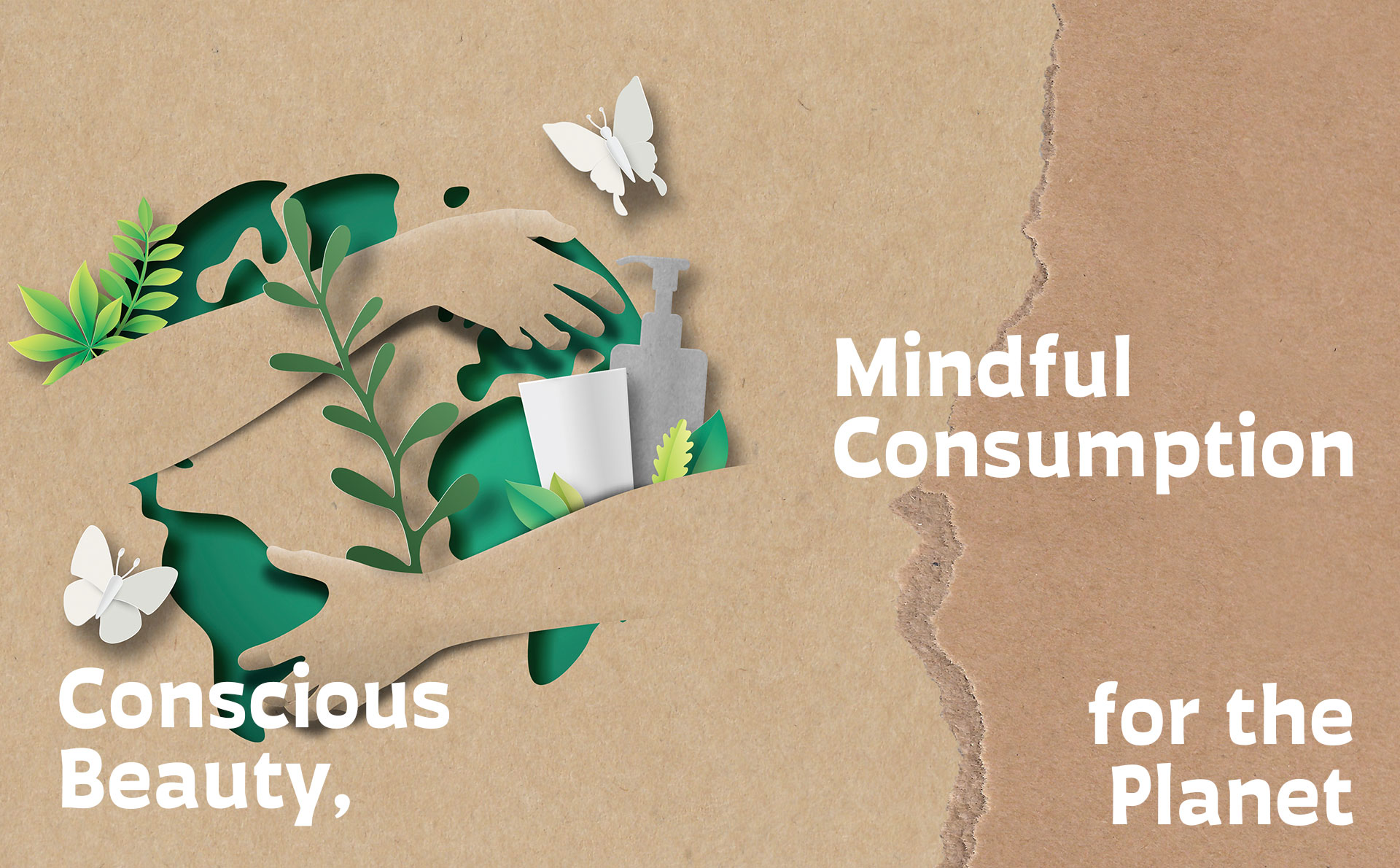
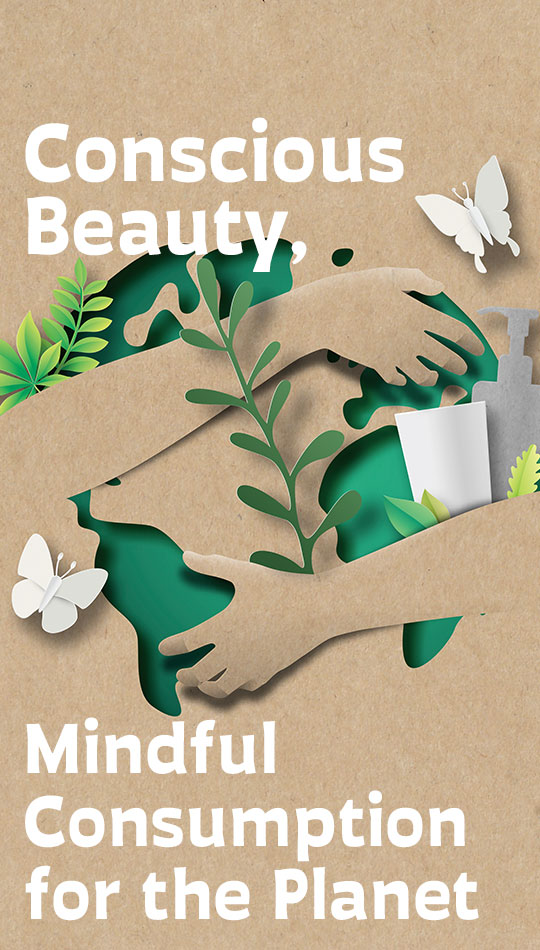
Writer. Sung Ji Yeon
A Movement to Save the Earth
After experiencing the severe climate crisis and pandemic, many people are trying to adopt an eco-friendly lifestyle. This trend has also emerged in the beauty industry, of which “conscious beauty” is a part. While previous eco-friendly efforts focused on naturally derived ingredients and eco-friendly packaging, these seem minor compared to the robust eco-friendliness of the current “conscious beauty” trend.
For starters, many of today’s products are manufactured in environmentally friendly ways. They are formulated with ingredients that are safe for both consumers and the earth. Let’s take sunscreen as an example. Traditional sunscreens contain chemical ingredients that bleach coral reefs and disrupt the endocrine systems of marine life. Since sunscreen dissolves in water, the solution to the problem is to make its ingredients safe. In fact, many Korean companies are introducing products made entirely of harmless, fully biodegradable ingredients.
Product packaging has also become more environmentally friendly. Examples include products that use only recycled plastic or paper bags. Biodegradable plastic containers, which naturally turn into compost when buried in hot soil, have also entered the marketplace. Some of the companies introducing these containers have even set up their own biodegradable plastic disposal systems.
The process of selling the product is also environmentally friendly. Many places now have systems where customers can bring empty bottles into stores and have them refilled with cosmetics. Some produce only solid―as opposed to liquid―cosmetics, drastically reducing the waste generated by product packaging.
 1. Siita’s facial cream using a biodegradable plastic container.
1. Siita’s facial cream using a biodegradable plastic container.2. Aromatica’s Zero Station, a refill station where customers can get the contents by bringing an empty container.
3. Toun28’s hand cream with an innovative material pouch utilizing paper to reduce plastic production. This material contains only a small amount of plastic.
Coexistence with Local Communities
It would be a mistake to think that “conscious beauty” is just another “eco-friendly beauty trend.” Beauty trends that aim to coexist with marginalized groups and endangered regions are also part of conscious beauty. Let’s explore how beauty products can help drive progress among marginalized people.
A prime example is the active use of local agricultural products. For example, one company partnered with a region famous for Korean chrysanthemums to create cosmetics using the ingredient. The region relied on organically harvested Korean chrysanthemums as its main source of income, but maintaining profits became difficult due to labor migration to cities and rapid aging. As the local industry declined, the village’s history was in danger of disappearing. Recognizing this situation, one company developed beauty technology using Korean chrysanthemum as an ingredient. As a result, the beauty products became the key to solving the region’s crisis.
Similarly, there’s a growing trend of people willingly consuming fruits and vegetables that would have been discarded due to minor blemishes or unattractive appearance. This prevents excessive agricultural waste, guarantees income for farmers, and allows companies to create products with good ingredients.
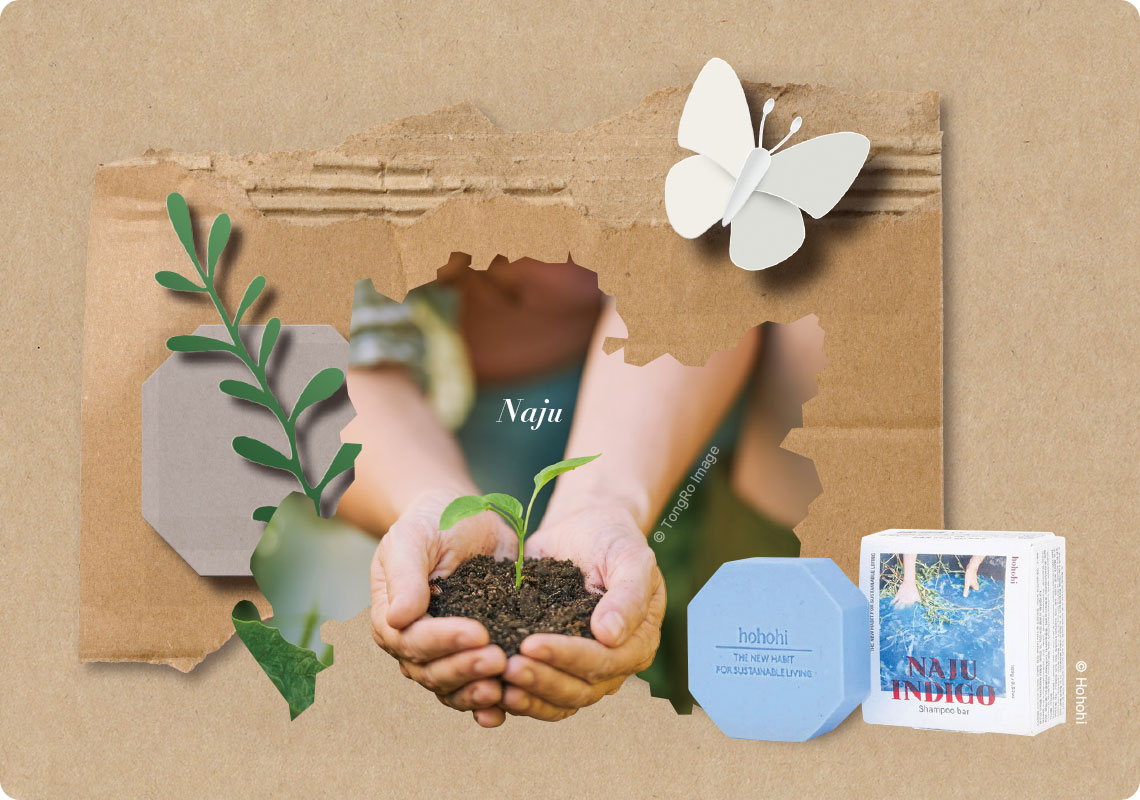 Hohohi’s shampoo bar containing indigo extract from Naju, Jeollanam-do Province, Korea.
Hohohi’s shampoo bar containing indigo extract from Naju, Jeollanam-do Province, Korea.
Beautiful Partnerships
Conscious beauty is based on the desire of today’s consumers to make their consumption more meaningful. As a result, conscious beauty also reflects trends that address and seek to improve human rights issues related to industry.
Recently, fair trade companies have emerged in the Korean beauty industry. Fair trade involves paying fair, above-market wages to farmers and workers in countries unable to escape poverty due to unfair trading systems and helping to improve their working conditions. For example, when importing ingredients from abroad, they consider how these materials are grown, the growing environment, and how workers are treated. If problems are identified, efforts are made to improve them. Similarly, an increasing number of companies are actively recruiting people with disabilities or older people to work in manufacturing, providing them with opportunities for social participation.
In addition, there are ongoing efforts to invest sales proceeds in projects such as reforestation of burned forests, water purification systems in areas where clean water is needed, or donations to groups of children in need.
Thanks to these trends, consumers feel they are preserving beauty and contributing to society simply by purchasing and consuming products. The satisfaction of improving the lives of others is likely why Koreans continue to readily consume products that are part of the conscious beauty trend.
